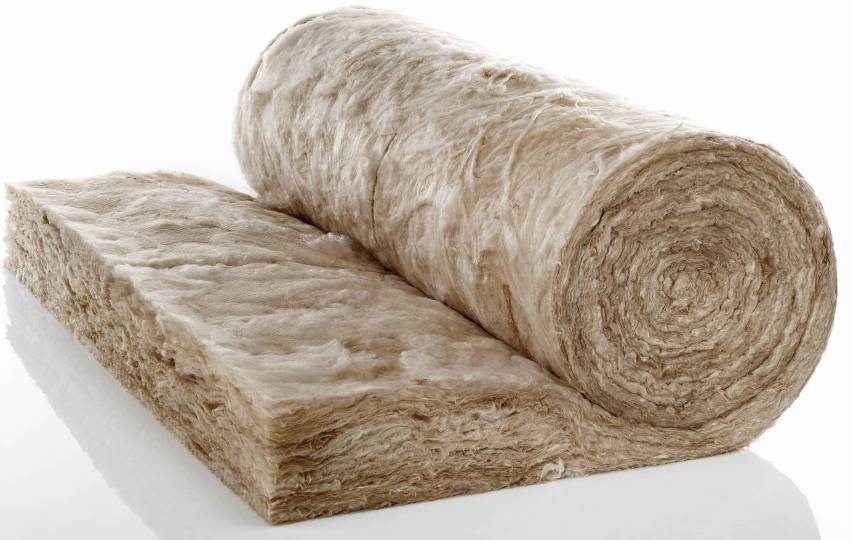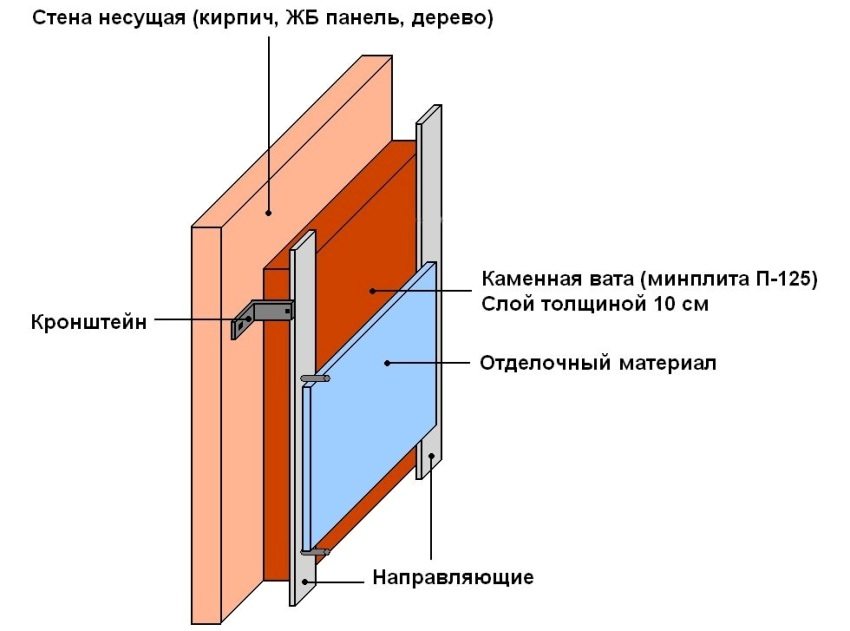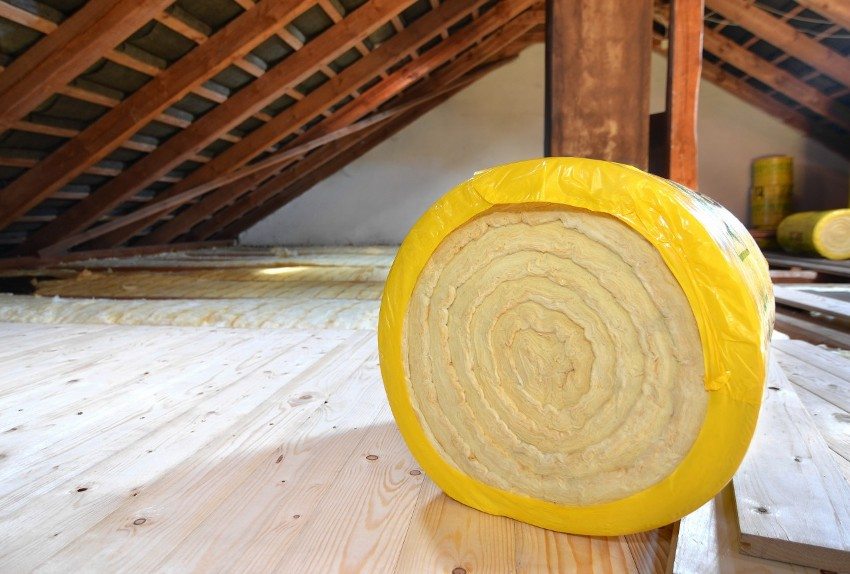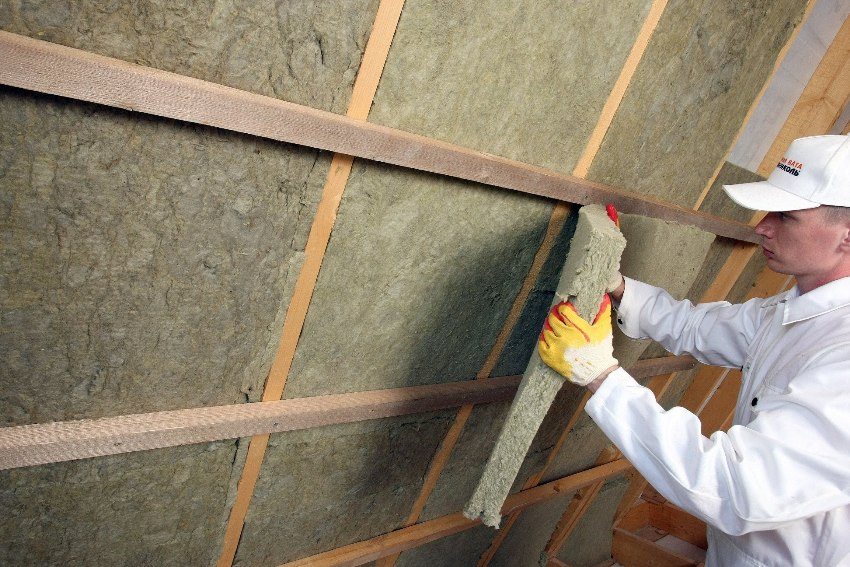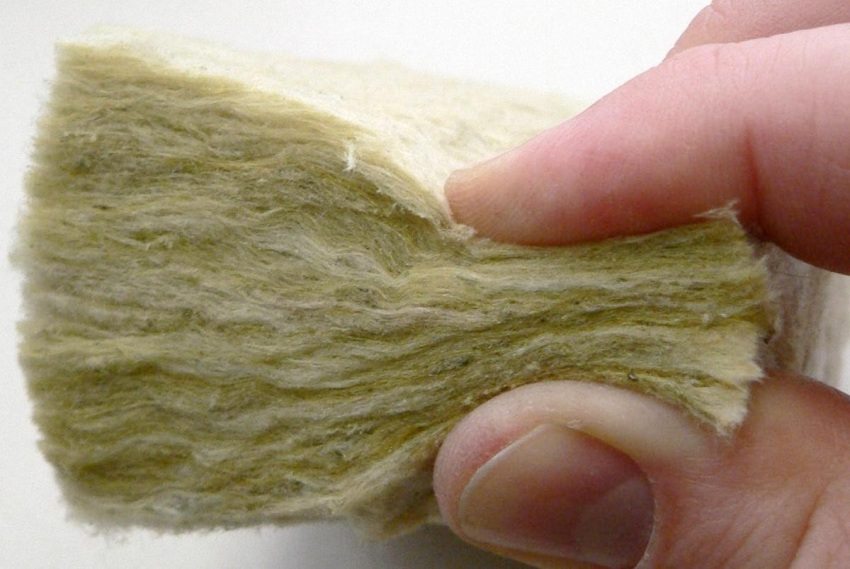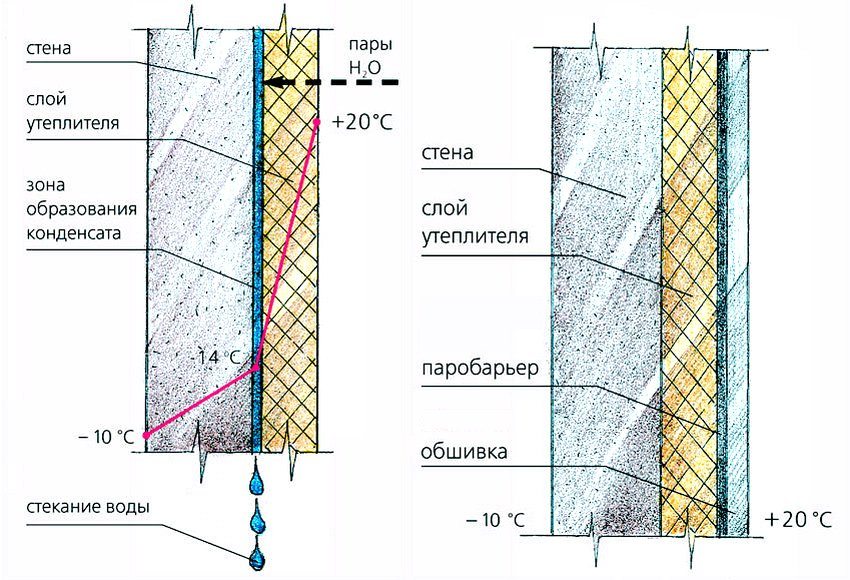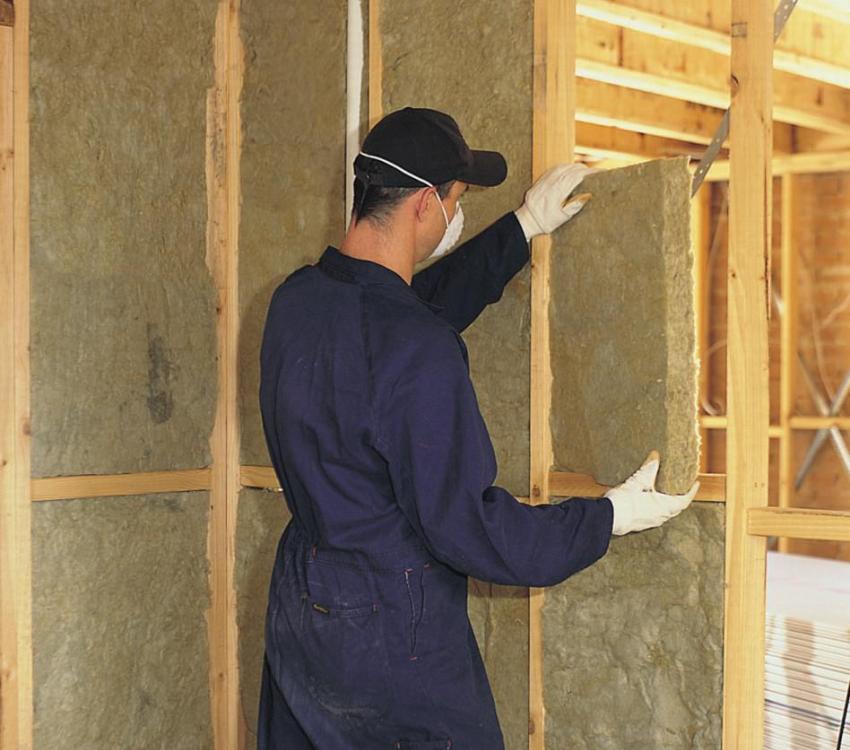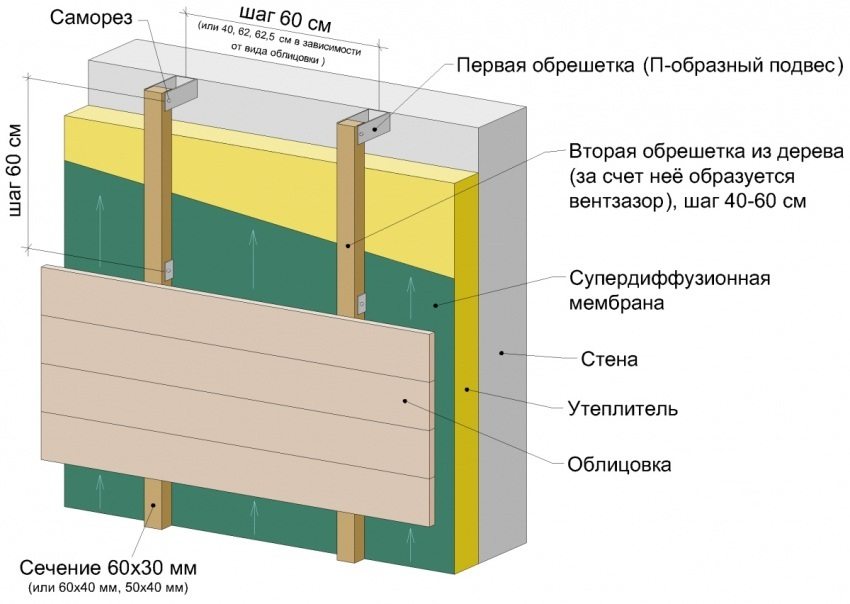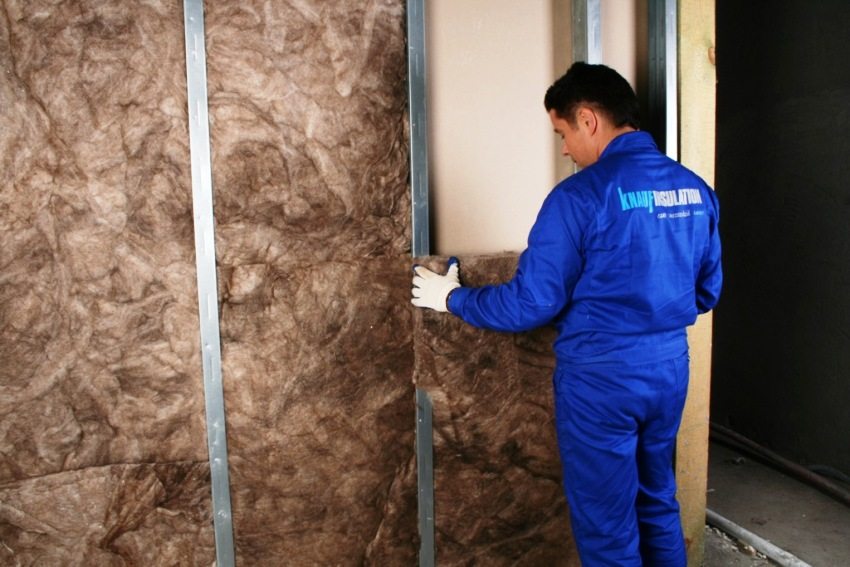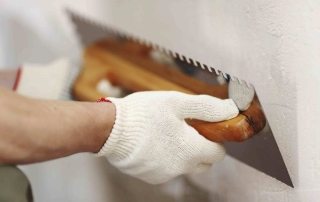The use of modern insulation for walls inside the house in the country can significantly reduce energy losses. In cold climates, savings can be significant. In addition, in a well-insulated room, a person feels more comfortable. What types of insulation are there and how to independently carry out the work on the insulation of a country house or summer cottage? Many owners of suburban real estate are looking for answers to these questions.
Content [Hide]
Types of wall insulation and their characteristics
In the old days, walls in the country were insulated with blocks of compressed straw. It has poor thermal conductivity, so it retains heat well inside the room. At the same time, straw, being a plant material, serves as an excellent food for various rodents. In addition, it is very flammable and it is almost impossible to extinguish it in case of fire. These serious shortcomings today have become the reason for the complete displacement of this cheap insulation.
Straw was replaced by modern insulation for walls inside the house in the country, which is not inferior to it in its ability to retain heat, but at the same time devoid of such significant negative properties. These include:
- mineral or basalt wool;
- glass wool;
- Styrofoam;
- cork wallpaper.
All of them have their own advantages, but what they have in common is that they have very low thermal conductivity, good fire safety, and excellent vapor conductivity. In addition, they do not rot and are not susceptible to the formation of mold and mildew.
Mineral wool
To understand the properties of each material, let us consider their characteristics in more detail. Let's start with mineral wool. This material is in the form of mineral fibers pressed into slabs or rolls. The sizes and thickness of products vary from manufacturer to manufacturer. We can only say that some types of mineral wool have a heat-reflective coating of shiny aluminum foil.
Basalt wool
The most common slabs are made of basalt wool. They have a very low thermal conductivity, do not burn, are easy to install and do not interest rodents at all. They have excellent sound insulation properties. Of the shortcomings, it is worth noting only that the slabs must be covered from outside with plasterboard or other sheet materials, which significantly reduces the usable area of the room.
Glass wool
Glass wool is also produced in the form of slabs and rolls.Sizes are different, including thickness. The properties of this material allow it to be successfully used for the insulation of residential premises. In this case, glass wool has such a disadvantage as good moisture absorption.
Useful advice! Insulation with glass wool should be of very high quality. Moisture can penetrate into the slightest gap, after which the entire board will shrink strongly, forming voids. In addition, the material contains glass dust harmful to the respiratory tract and even small glass needles, so you need to use a respirator during installation.
Styrofoam
Polyfoam is available in standard sizes. The most common are the following: a square with a side of 1 m, a rectangle 200x100 cm, 100x50 cm. The thickness of the slabs varies from 10 to 500 mm. It is best to choose slabs 200x100 cm, with a thickness of 70 - 80 mm, as insulation for walls inside the house in the country. Foam plastic, thanks to air bubbles, keeps heat very well. In this sense, it is "warmer" than all other materials. However, it has a number of disadvantages: weak strength, flammability, the need for thorough foaming of all joints. In addition, rodents are very fond of it, which gnaw through passages in it, making all heat protection unusable. Some of these disadvantages are devoid of modern material based on extruded polystyrene foam. It is produced in the same slabs, but denser and thinner.

Wall insulation with foam
Cork wallpaper
Cork wallpapers are available in rolls. They are made from the bark of a balsa tree. It is a very beautiful natural material that retains heat and creates excellent sound insulation. It is very thin, therefore it is rarely used as an independent insulation. Cork wallpaper is often used for additional insulation and sound insulation.
What kind of insulation for the walls inside the house in the country to choose is a personal matter for each owner. We will take a closer look at the construction of mineral wool and foam insulation on wooden walls.
Installation of insulation for walls inside the house in the country
To make high-quality wall insulation with mineral wool, you need to stock up on the required amount of material and metal guides for drywall. First of all, it is advisable to close the wall with waterproofing. Any roll material can act as it. The film is attached with a construction stapler to the wall, making it overlap at the joints. Then, vertical lines are marked every 60 cm.This distance is taken in order to make it more convenient later to fix drywall sheets that are 120 cm wide.
U-shaped fasteners for guides are attached along the marked lines every 60 cm. Then the edges of the fasteners are bent. Slabs of mineral wool are put on the fasteners, piercing it until the entire wall area is filled.
Useful advice!When cutting mineral wool slabs, always leave a margin of 10 cm, and lay the slabs with an accordion at the joints. This will prevent voids from shrinking.
After the plates are laid, a vapor barrier film must be pulled over them, which must be fixed with the same U-shaped fasteners. Now you can start mounting the guides. This must be done in level, strictly vertically. When the frame is ready, fix the drywall with self-tapping screws and putty the joints. The result is an insulated and even wall, ready for finishing.
For foam insulation, consider a cheaper method. Using this insulation for walls inside the house in the country, you can save on metal guides. For this, wooden blocks are prepared, with a length equal to the height of the walls, and a thickness equal to the thickness of the foam. They will be used as beacons for fixing drywall and as restraints for fixing foam boards from the sides.
Wooden bars are nailed vertically every 1 m. The same grooves should be obtained. Their width should be the same as the width of the foam boards. In this case, the plates must fit into the gutters very tightly. Waterproofing is attached on top of the entire structure with a stapler. It should go around all the lighthouses.
After that, foam is inserted into the grooves. This is done very carefully so as not to damage this fragile material. All joints between the plates are insulated with polyurethane foam. This must be done very carefully, since the smallest hole can negate all efforts to protect heat. From above, the foam is covered with a solid sheet vapor barrier... At the final stage, the installation of plasterboard or plywood coverings is carried out. The joints between the sheets are putty.
Useful advice!The installation of the foam must be very tight. Otherwise, this material is capable of making noise when the wind penetrates. In addition, if there are rodents in the country, you should refuse to use foam.
Thermal insulation of flat concrete and brick walls
If we are dealing with a flat and smooth surface, then the insulation for the walls inside the house in the country can be fixed differently. In the case when the walls are concrete or brick, it is most convenient to choose slabs made of extruded polystyrene foam as insulation. They are thinner and denser than foam. For this reason, there is no need to construct a frame. After all, the walls are, so, even, and the insulation allows you to apply the plaster mixture directly to it.
Before installation, the walls are cleaned of dust and dirt, and then an adhesive solution is applied to them. Plates are simply glued to the wall and then fixed with anchors. The finished wall is plastered with any plaster mixture over the slabs. This fills in the joints between the boards and creates a smooth finish for the finish. However, it should be understood that shelves and furniture elements cannot be hung on such walls without special devices. They should be handled carefully, as there is soft material under the plaster.
Whatever insulation for the walls inside the house in the country is chosen, the main thing is that it should be installed in accordance with all the rules. Then the walls will keep the heat inside the room for a long time and efficiently.

